Apple will reportedly use different grades of OLED panels between the iPhone 14 and iPhone 14 Pro, further differentiating the two models.
Samsung Display, an Apple supplier, will reportedly use more advanced materials for the iPhone 14 Pro models, while it'll stick with previous-generation materials for the lower-tier iPhone 14, TheElec reported Monday.
More specifically, Samsung is set to use its M12 material set on the iPhone 14 Pro and iPhone 14 Pro Max — the same OLED material set used on Samsung's upcoming foldable flagships.
OLED material sets are the specific components used to create the red, green, and blue pixels found on displays. A more advanced material could, in theory, lead to better performance and efficiency in those displays.
Samsung is set to use its older M11 material set for the 6.1-inch and 6.7-inch iPhone 14 models. According to TheElec, that move is being made to cut costs.
Additionally, the lower-tier iPhone 14 models will use low-temperature polycrystalline silicon (LTPS) thin-film transistor (TFT) OLED panels, which are also less advanced than the low-temperature polycrystalline oxide TFT OLED panels slated for the iPhone 14 Pro and iPhone 14 Pro Max.
Importantly, LTPO TFT panels are known to be a key part of Apple's ProMotion display technology that allows for 120Hz variable refresh rates.
The South Korean display maker is expected to supply OLED panels for all four iPhone 14 models in 2022, while rival LG Display will supply panels for two models.
 Mike Peterson
Mike Peterson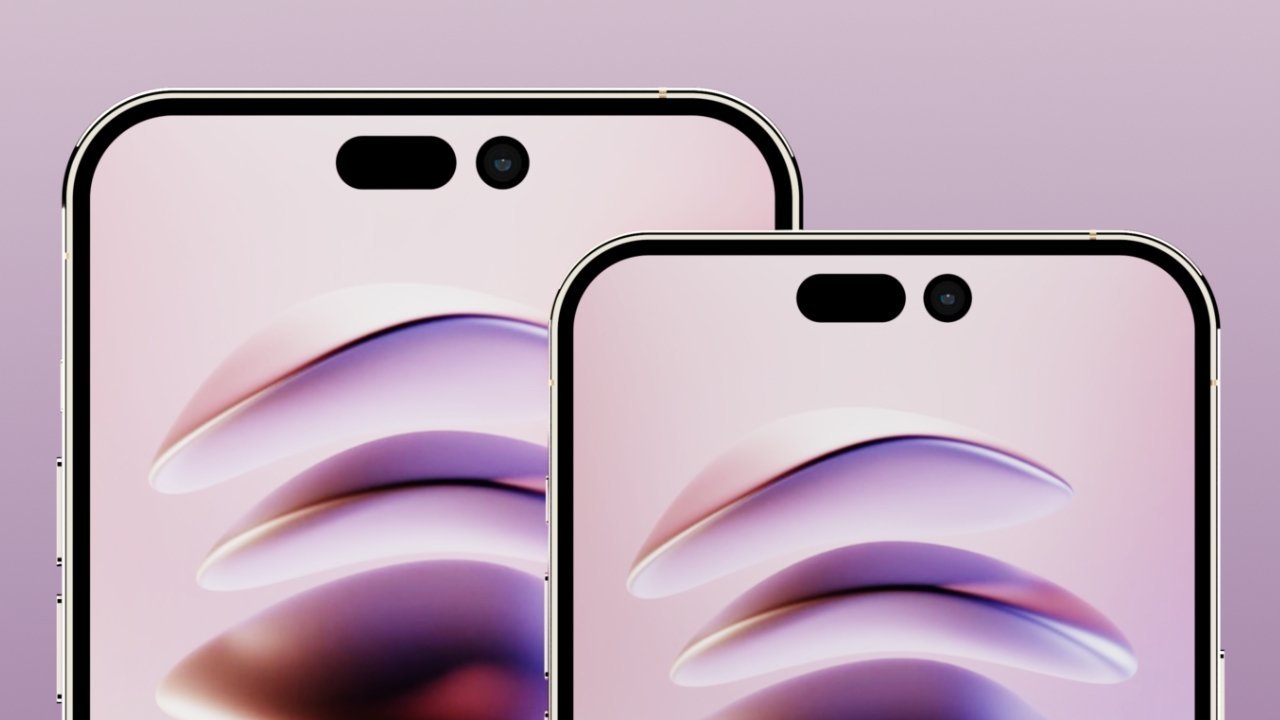


 William Gallagher
William Gallagher
 Malcolm Owen
Malcolm Owen
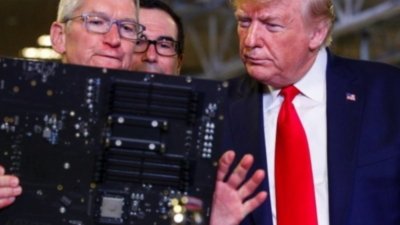
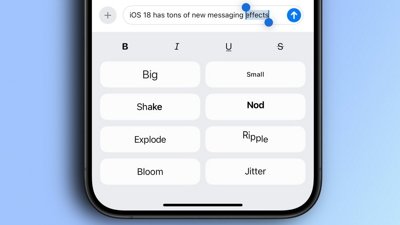
 Oliver Haslam
Oliver Haslam
 Amber Neely
Amber Neely
 Marko Zivkovic and Mike Wuerthele
Marko Zivkovic and Mike Wuerthele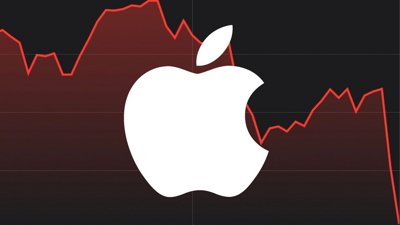

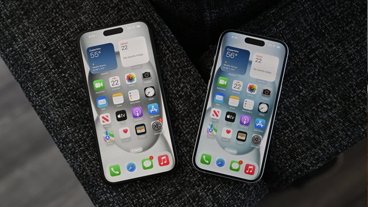
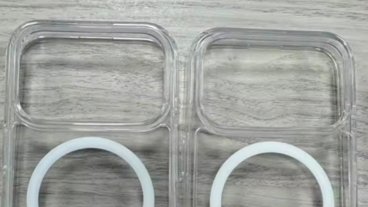







8 Comments
I’d be curious to know if many people really notice the difference between good screen technologies and the absolute best these days, given the overall high quality of the various types. Of course we’d notice big improvements to battery life, thinness and/or durability that an improved screen could provide, and I know some people love those 120hz refresh rates, but the differences I’ve seen in recent years seem so minor to me.
The difference from screen improvements vanishes shortly after receiving the new iPhone. My eyes do not remember the prior year's screen. These are, after all, incremental improvements. Unless someone puts the two generations side by side, the changes may not be obvious (excluding the notch vs no notch)
Which will be more scratch-proof?